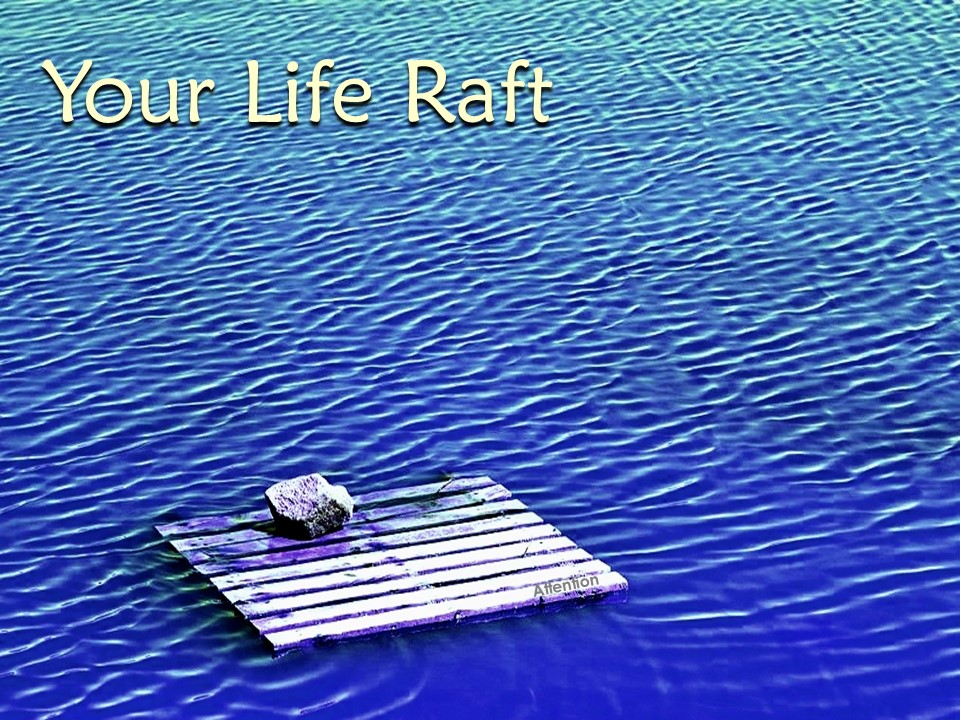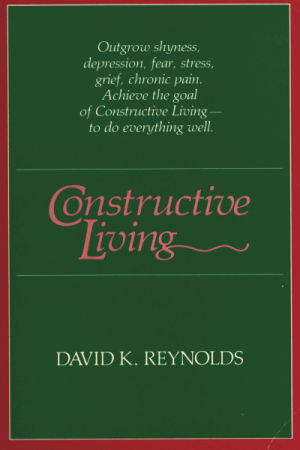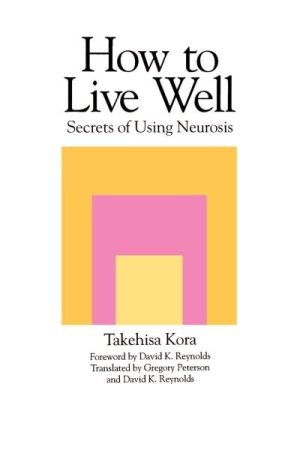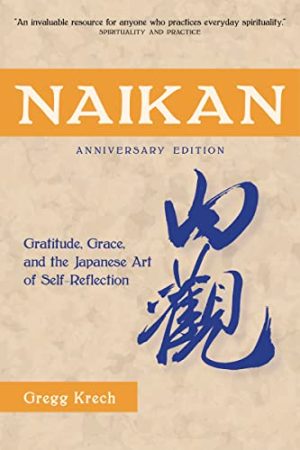Emerging from the Sand: How to Stay on Track with What Really Matters
by Gregg Krech
During our Living on Purpose course we surveyed the participants and found that nearly 80% struggled with distraction. Early in the course we talk about the metaphor of a vase with sand and big rocks (Covey, 1994). The big rocks are the things that are truly important. These are the tasks, activities and projects that give our lives meaning. The sand represents the numerous activities that dominate our time, ranging from cooking meals to walking the dog. For most of us, there is so much sand that it can easily fill the vase. And it does. And when it does, there isn’t any room for the big rocks. So at the end of the month (or year, or decade) we look back and find that we managed to stay afloat, but the things that really mattered received little or no attention. Somehow we need a way to get those big rocks into our vase.
Several years ago my wife Linda and I sat on the deck of the ToDo Institute overlooking the Green Mountains and made a list of possible priorities. What were the big rocks? What was really important? What would really be meaningful if we could find the time to do it? Our list had over twenty things on it and this didn’t include any of the activities we did just to keep our life going. So we came up with the Box System. Since that time it’s gone through several revisions and mutations and I’d like to share it with you. You can use this approach as a family, as a couple, or by yourself . . .
First, I suggest you start by reflecting on your life using some of the exercises we’ve written about in Section I of our book, A Finger Pointing to the Moon. Many people jump into setting goals without investing some time in stepping back and reflecting on their lives. Even if you accomplish your goals, it’s of little value if they’re the wrong goals.
Now you brainstorm, as we did, the possible projects and activities that you’d like to accomplish in the coming year. Don’t worry about the format of how you list these items. They could be one word or a phrase, as long as they capture some area of life that you’d like to give concentrated attention to. Our initial list this year included:
1. Children’s education: Homeschooling until June and plan for next year
2. Personal fitness
3. Our marriage
4. Family trips and vacations
5. Remodeling our living space downstairs
6. Family financial matters
7. A book I am writing
8. Social connections with friends including hosted social gatherings
9. Sewing project for Linda
10. Garden planning and preparation
. . . and about 8 other items.
We spent about 20 minutes casually discussing the importance or necessity of different items. Then we decided to see how close (or far) we were from one another when it came to priorities for the coming month. We each privately identified our five top priorities and then shared them. Amazingly, four of the five matched! And we also agreed to the relative importance of the two that didn’t match; we only differed on whether they should be attended to in the coming month or later in the year.
Eventually we settled on four areas of concentration:
Our marriage;
Our kids’ education;
Personal fitness; and
Remodeling the downstairs.
If you get this far, you may experience a strange mix of joy, pain and relief. The joy comes from getting some clarity on just a few areas where you can concentrate your energy and effort. The pain comes from looking at the list of things that’s left out. You’ve just abandoned projects that made the list in the first place because they’re incredibly important to you. However, you’re not giving up on these items forever, just for the coming month. And that’s where you also feel some relief. You’ve just given yourself (and your spouse) permission to make virtually no progress in the next 30 days on anything that didn’t make the final cut. You now can concentrate on a list of just a few things which gives you a chance at making some real progress.
We picked four items (four boxes) because we do this as a couple. If you are single, or just wish to do this on your own, I suggest you limit yourself to two boxes. When we first started using this approach we would usually allow ourselves 5 or even 6 boxes. But we discovered that our energy was spread too thin. However, you can experiment and see what works best for you.
Now what?
Now you have to make progress on each box, each day. Since Linda and I are working as a team, we can split up the boxes each day. Today, she’ll focus on schooling and marriage, while I focus on fitness and the downstairs living space. The basic rule is that you have to do something meaningful related to the box before you can do something outside the box if that would take more than 15 minutes. It’s that simple. Of course, the hard part is making the time and actually doing it. But that’s always the hard part. It can also help to spend time identifying some of the tasks required in each box. For example, our Marriage box requires us to find a new babysitter. Our Schooling box requires the purchase of a software program, scheduling a field trip and an application to a private school for next year (just in case we want to consider this option). Our fitness options are already pretty clear to each of us. As we make progress we’ll continue to identify the next steps.
One of the advantages of working as a team is that we check in with each other daily – either first thing in the AM or the evening before. If we forget to do our part or try to slide by with something that took 2 minutes we have to deal with the “look” on the other person’s face. They’re counting on us, just as we’re counting on them. If you’re doing this by yourself it takes more self-discipline. There’s nobody to hold you accountable except your conscience.
If you stay true to your purpose you should find that, at the end of the month, you’ve made an investment of somewhere between 12-40 hours on each of your boxes. That’s enough time to show some real progress. You’ll also become aware of what your giving up – sleep, watching TV, reading the newspaper, longer mealtimes. Essentially you’ve found a place for some of your big rocks by displacing some of the sand. Congratulations! That’s the way it’s supposed to work. If you believe that some of that displaced sand is really, really important . . . then turn it into a box next month.
Each month you can regroup. See if there’s anything you’d like to add to your master list and select your boxes for the month. You may decide to keep one or more of the boxes the same if there’s still work to do. It’s hard to imagine not having the fitness box around since that’s an important element of our long-term health. Perhaps it will just become an ongoing habit and we can handle it the way we handle brushing our teeth. If not, it needs to be reassigned to a box seat.
I suggest you post a list of the current month’s boxes where it is clearly visible – on the refrigerator or a bathroom mirror, for example. And if you work with some type of “to-do list” system, you’ll want to add these tasks to your list. Remember, this isn’t about figuring out how to get more done. It’s about doing what’s really important even though you feel overwhelmed by just maintaining life as it is. At the end of the year, if you look back at how you spent your time and what you accomplished, you want to be able to have a sense that it was a good year. A year that moved you in the direction of your dreams. A year in which you made a positive contribution to the world. A year that wasn’t lost in the sand. So gather up a few rocks and do something that you believe is worthy of the gift of life.
Good luck!
References:
First Things First by Stephen Covey (Simon & Schuster, 1994).
A Finger Pointing to the Moon by Gregg Krech & Linda Anderson Krech (ToDo Institute, 2007).













